Zeoform Components
Several correspondents have contacted me to request a detailed examination in the fruitful realm of what are commonly termed “components” for combat zeoforms. This is in truth an excellent area to study, something which taps deeply into the effective deployment and performance of zeoform teams. Indeed some might argue that the correct orientation of what we call “components” is as important as weapon selection or support allocation when zeoforms clash in combat.
Of course when we refer to “components,” we are actually addressing a broad range of post-manufacture alterations made to otherwise standard zeoform models. These might be made using factory-produced kits, changes made in the field at workshops, or individual tinkering on the part of Team engineers and zeoform pilots. As such, I will confine myself to some of the most commonly seen “components” for now and perhaps return to the more exotic varieties in a future missive.
Any good combat zeoform design has plentiful redundancies in power generation and load-bearing capacity that can be fine-tuned within certain parameters; indeed the design may engineer in certain features to accommodate this flexibility. A good basic example of this is the Thruster component that gives the zeoform a small speed increase. In practical terms this may be spotted as a small built-in jet nozzle, or a cluster of them, but may be an auxiliary rocket pack, or a gravitic impeller or even additional/bigger pistons added around a zeoform’s lower joint actuators. In all cases, even the simplest kind of thruster array must be connected through the zeoform’s control scheme, balanced against its movement modeling and, in most cases, supplied with excess power to operate.
A much trickier example is the extra armor components that protect against specific system overload risks. The most commonly seen are factory upgrade kits, but individual modifications conducted with available materials are also widespread and tend to proliferate the longer a conflict continues. Armor modifications like these can be divided into three categories:
Ablative armor protects against burn damage (energy weapons, accelerants, etc). The idea of ablative armor is to create a sacrificial layer that burns away while absorbing and deflecting the majority of thermal energy. In practical terms this is achieved by specialized coatings and additional armor shells, although individual blocks and flexible sheeting are also sometimes used as a field expedient method.
Auxiliary plates protect against shock damage (substantial impacts, electrical surges, and the like). It is identifiable by the presence of additional plates protecting vulnerable areas and prominently displayed on the outer armor shell sections. Although they often have appearance armor plates themselves, these are actually auxiliary dampeners to absorb excess energy and stabilize the surrounding sections of the zeoform against disruption.
Power spikes are perhaps the most unusual armor component and represent a very wide topic on their applications in their own right. Power spikes protect a zeoform against various non-invasive weapon types that rely on indirectly disabling it by inhibiting it with webs, nets, cables, glue, localized shocks, or other entanglements. Such modifications may also become necessary due to local terrain conditions, flora, or fauna on some worlds.
Many varieties of power spikes exist, and the most easily spotted are literal short spikes, but they can take the appearance of prominent studs or bolts, or even pits for the most sophisticated applications. Power spikes carry individual charges—be it gravitic, explosive, or energetic—that will push or burn away any impediments when detected.
While other armor components may be said to exist, they most commonly represent combinations of the aforementioned types, and are often compromised by their lack of focus, so that is sufficient for a primer on the topic of armor. It is perhaps better to focus on another popular modification, indeed a more offensive variety of “component.”
Target Locks. These improve a zeoform’s long-range target identification and tracking capability, so are very useful for pilots with a preference for standoff engagements.
Much of the alterations made to accommodate this are in terms of processing power and resource allocation, although a supplemental external sensor is the easy way to spot that this modification has been made. This might take the form of an enlarged sighting unit on a weapon, an independent targeting module mounted on the upper hull, a face-plate monocular or visor, or even a dish or antennae array.
The last component I think to take a look at should be the counterpart to the target lock: Holoflage emitter. This component works to make a zeoform harder to target without aiming by blurring the actual distance with a combination of holograms, released particulates, and false signal-returns. As such, it's most useful for zeoforms that wish to close in and attack their enemies at close quarters.
A holoflage emitter can be identified by the presence of a prominent projector unit of some kind, often spherical, or small emitter nodules on the body and limbs. Cruder, more temporary varieties feature small clusters of launcher barrels, flexible emitter-dampening materials like a net—or even a cloak and hood—while the more complex permanent solutions may be built into an additional faceplate, shoulder, or dorsal unit.
One of the most respected analysts, known both for highly detailed breakdowns and post-engagement evaluation as well as more informal “pop” texts is “Drew Chambert” (a nom de plume). Little is known about this writer except it is evident they are or have been a zeo designer, possibly even a pilot at some point, and have some quite deep connections into both Pact and GuardCorps operations. Their writings and audiocasts are available across all one hundred heliospheres to a greater or lesser extent.

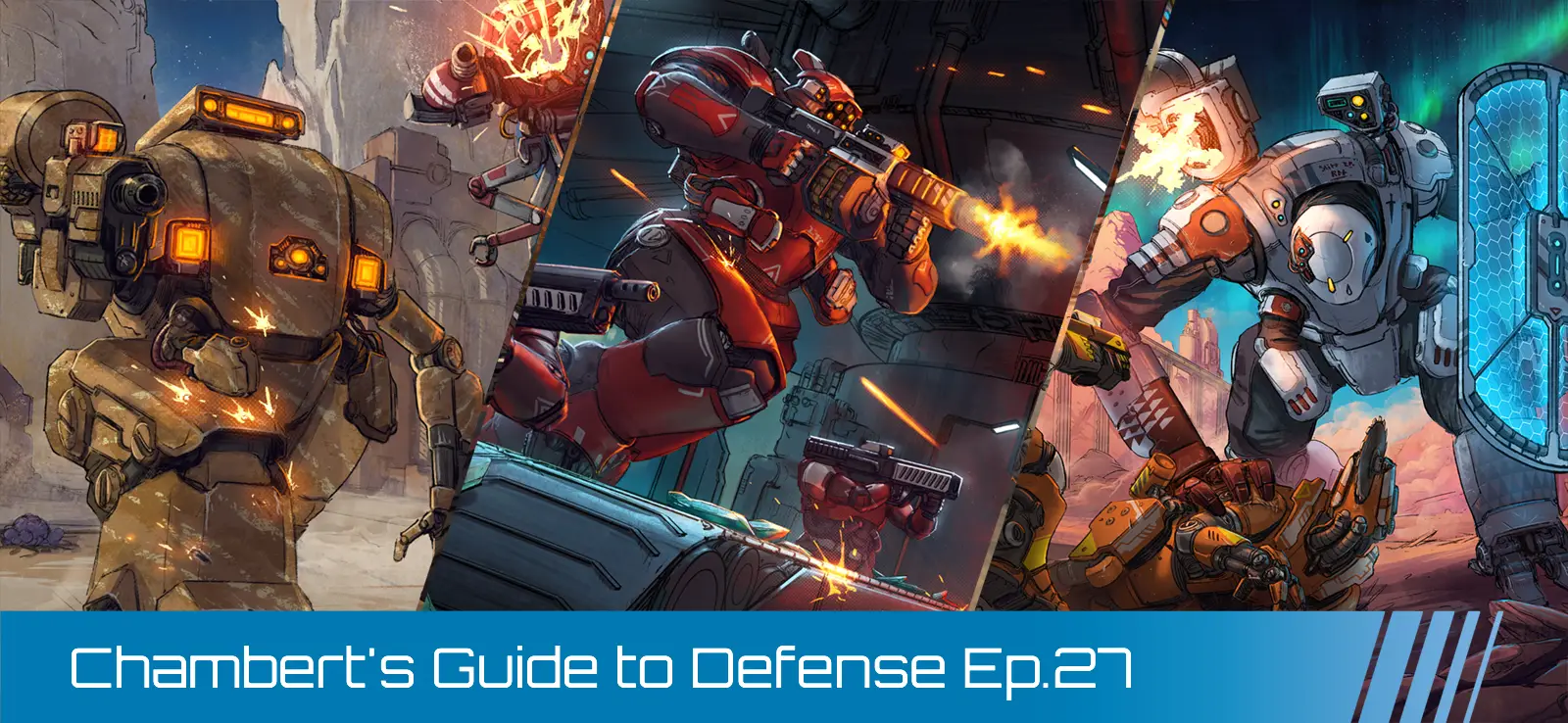
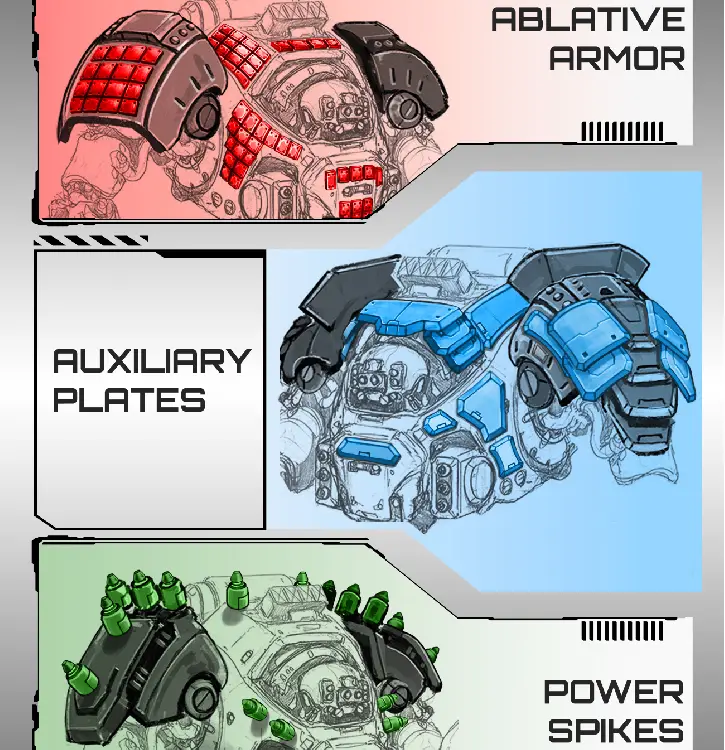
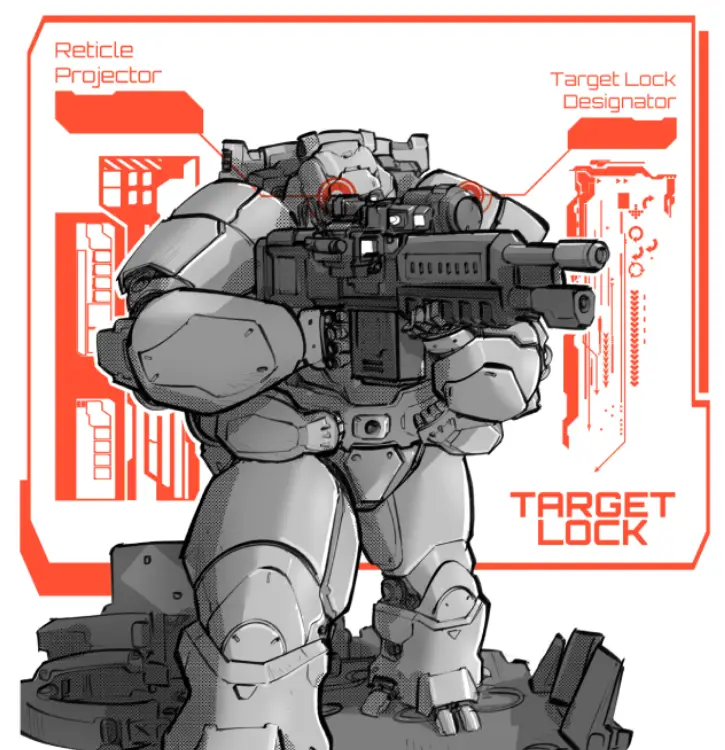
.webp)

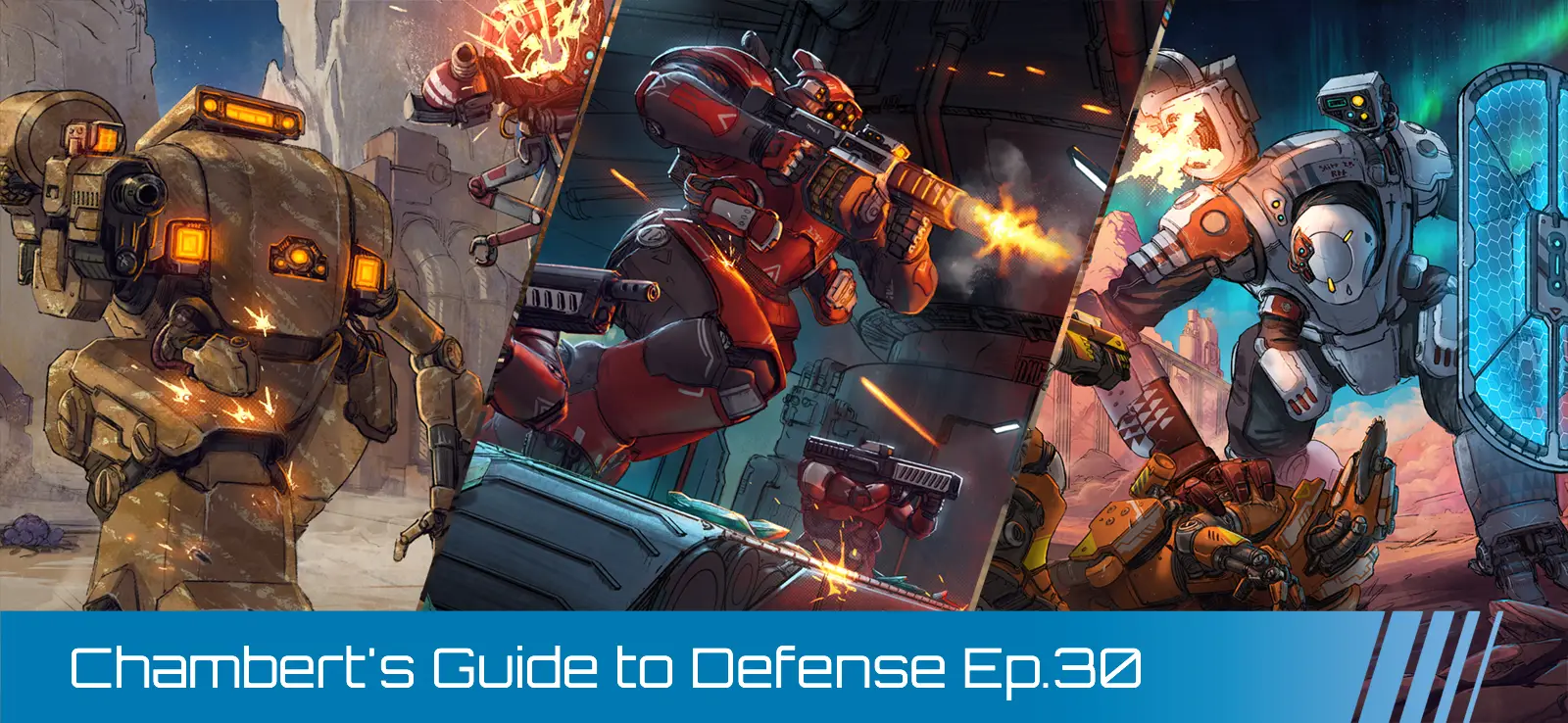
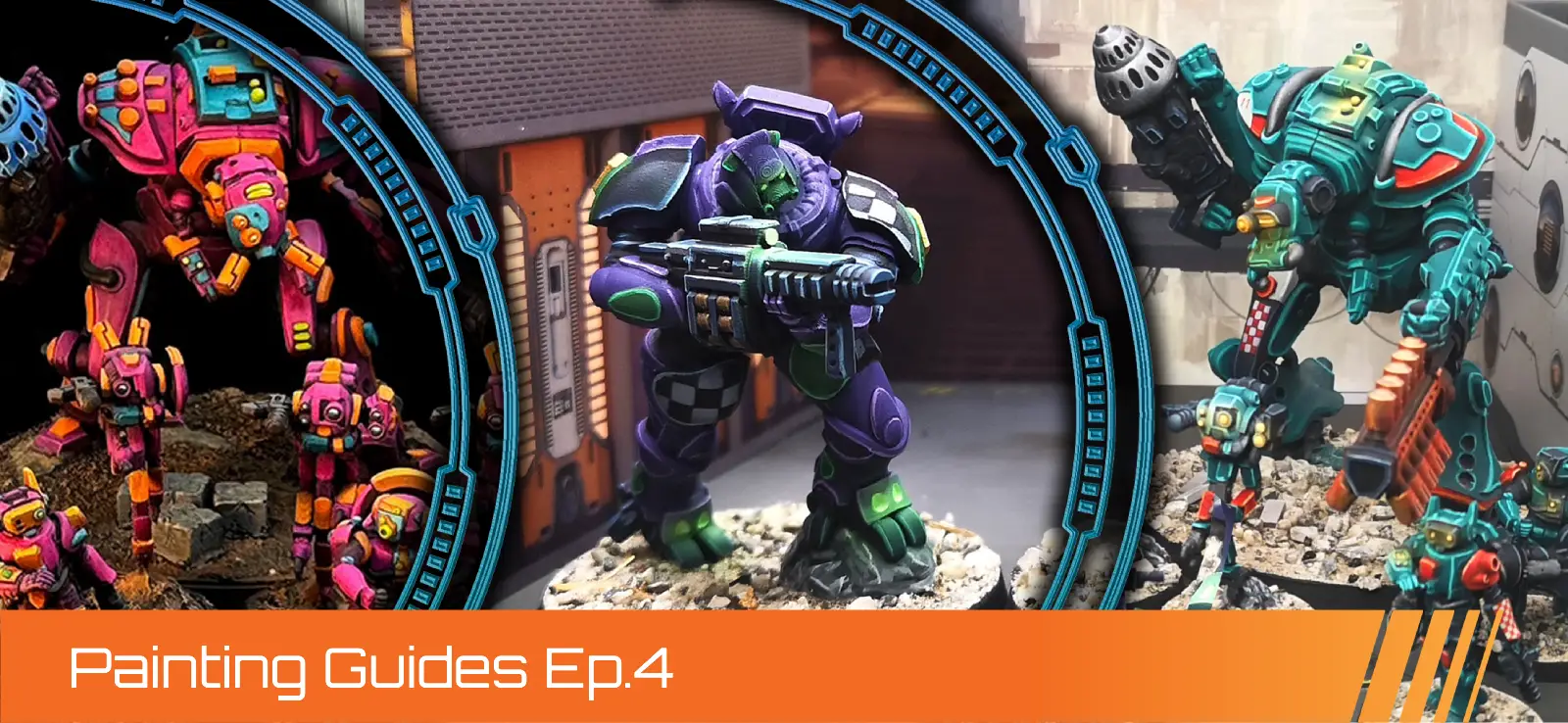

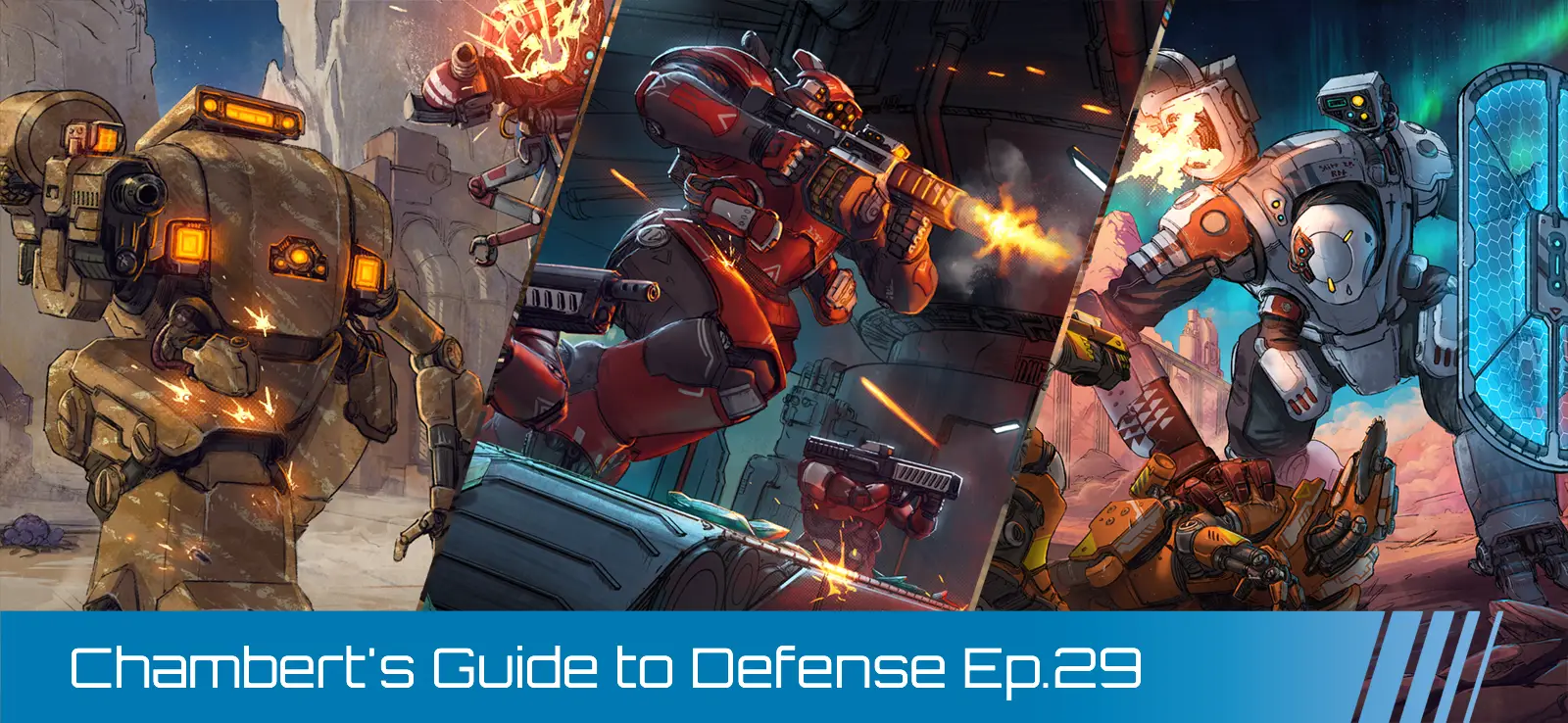
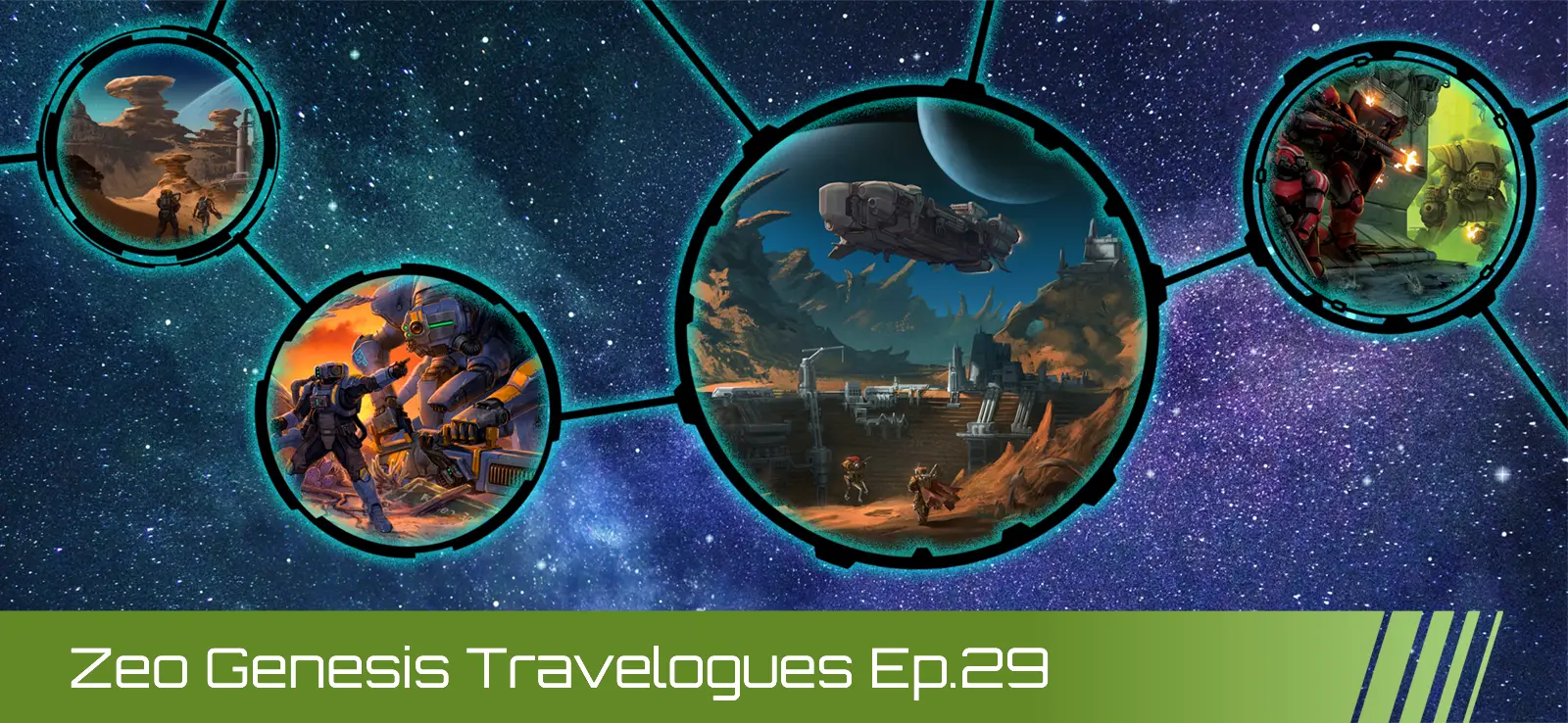

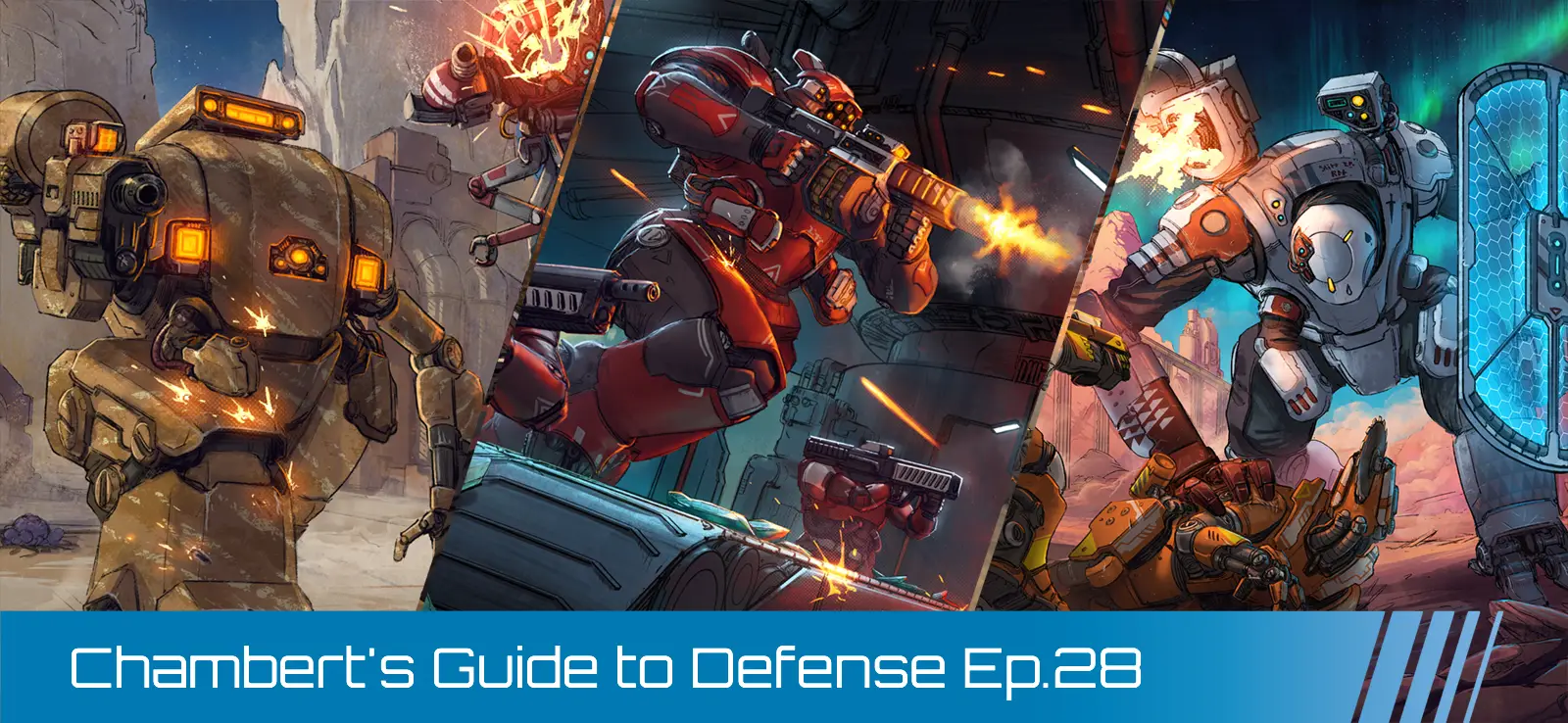

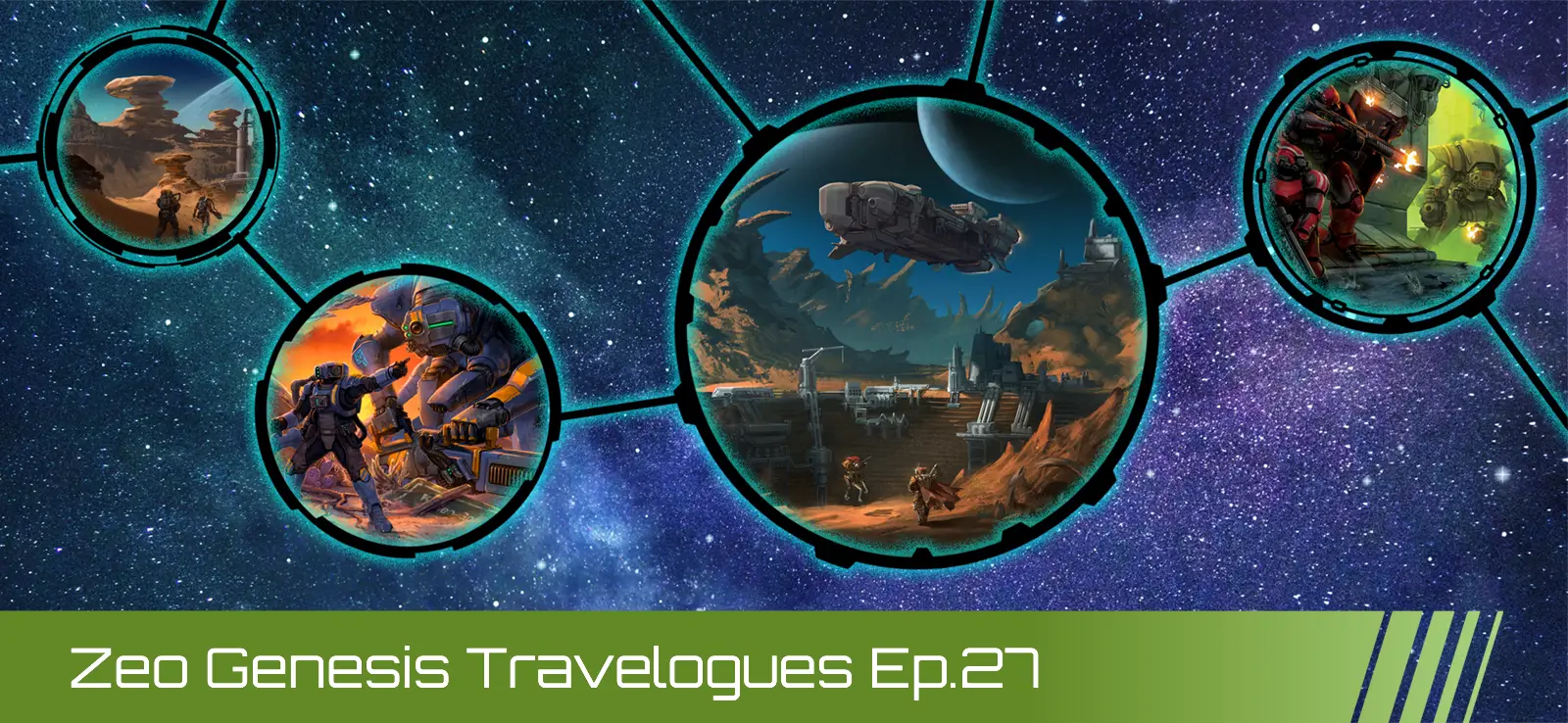
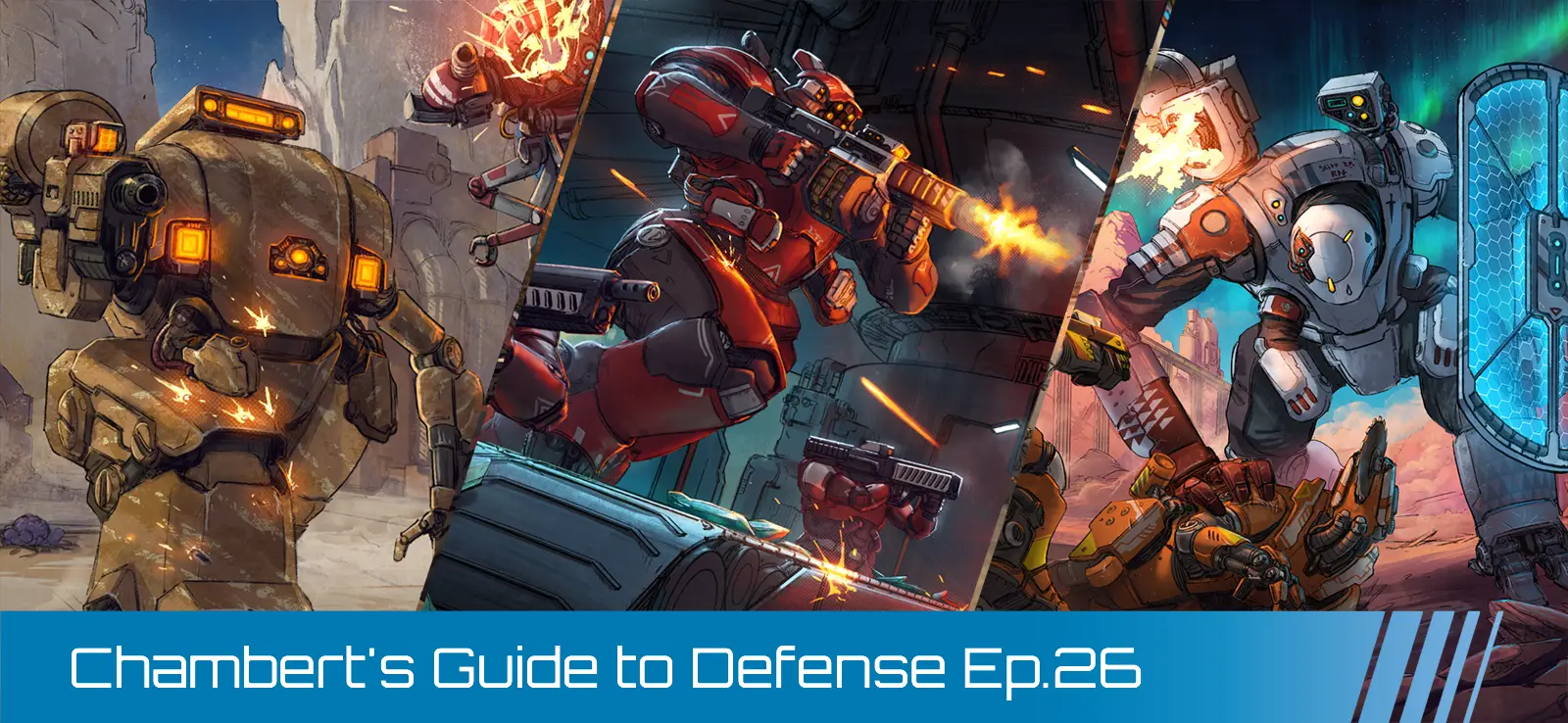
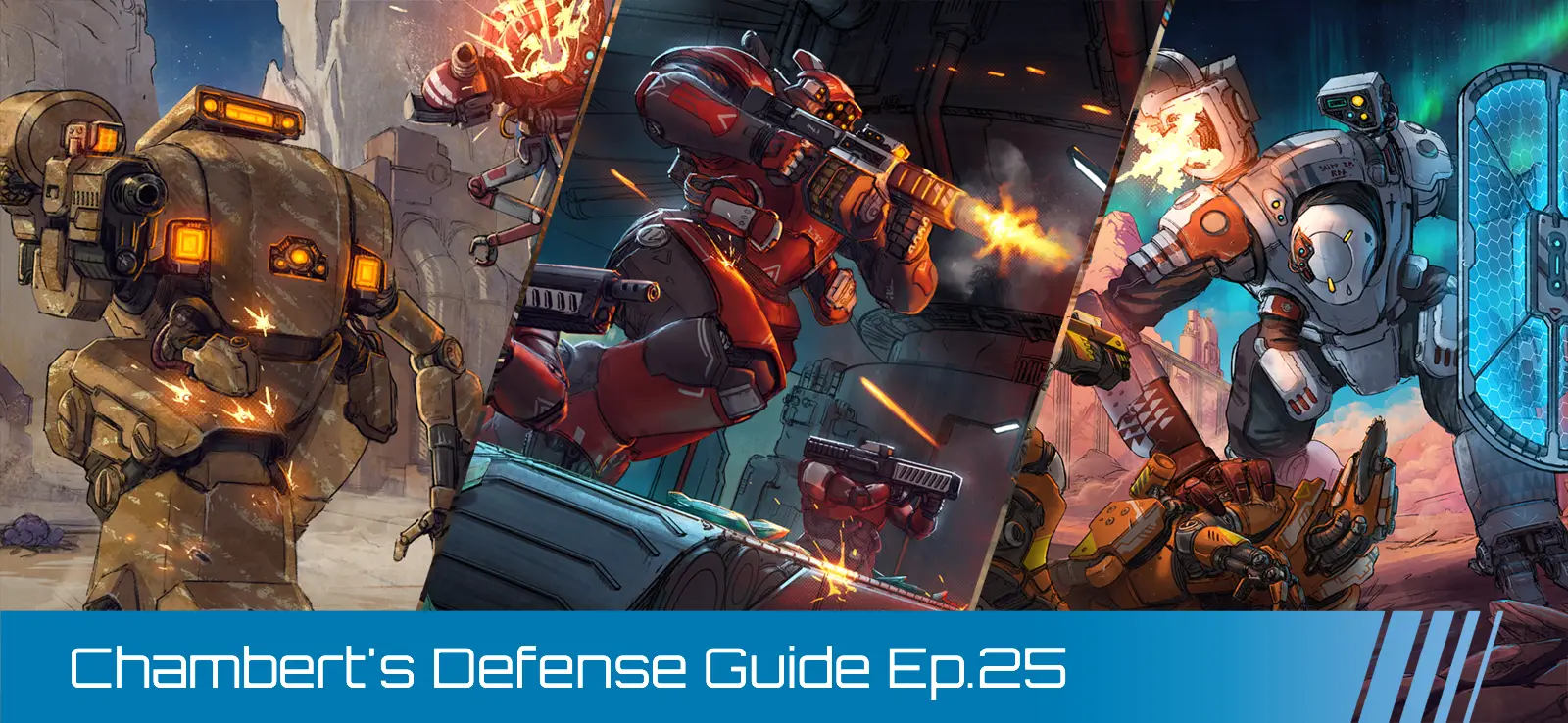
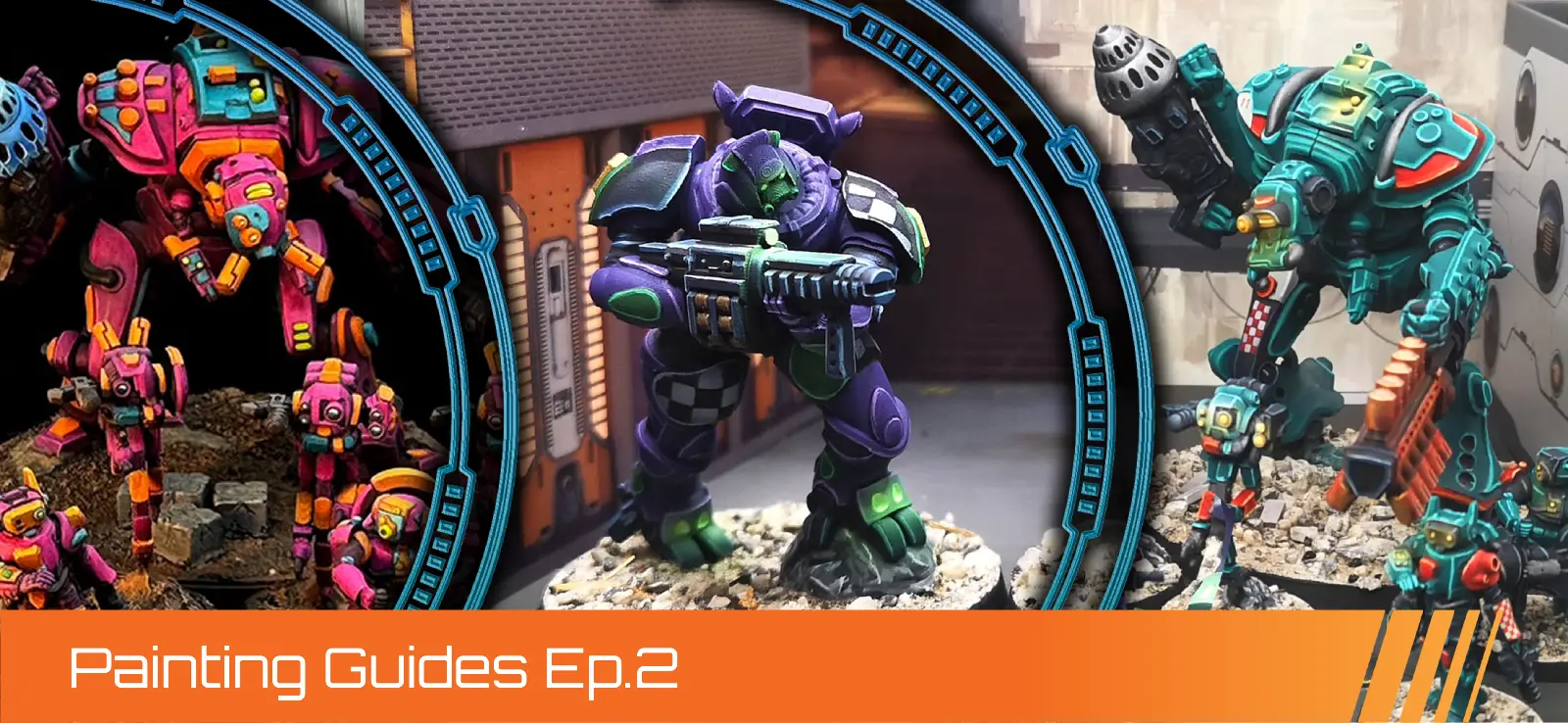
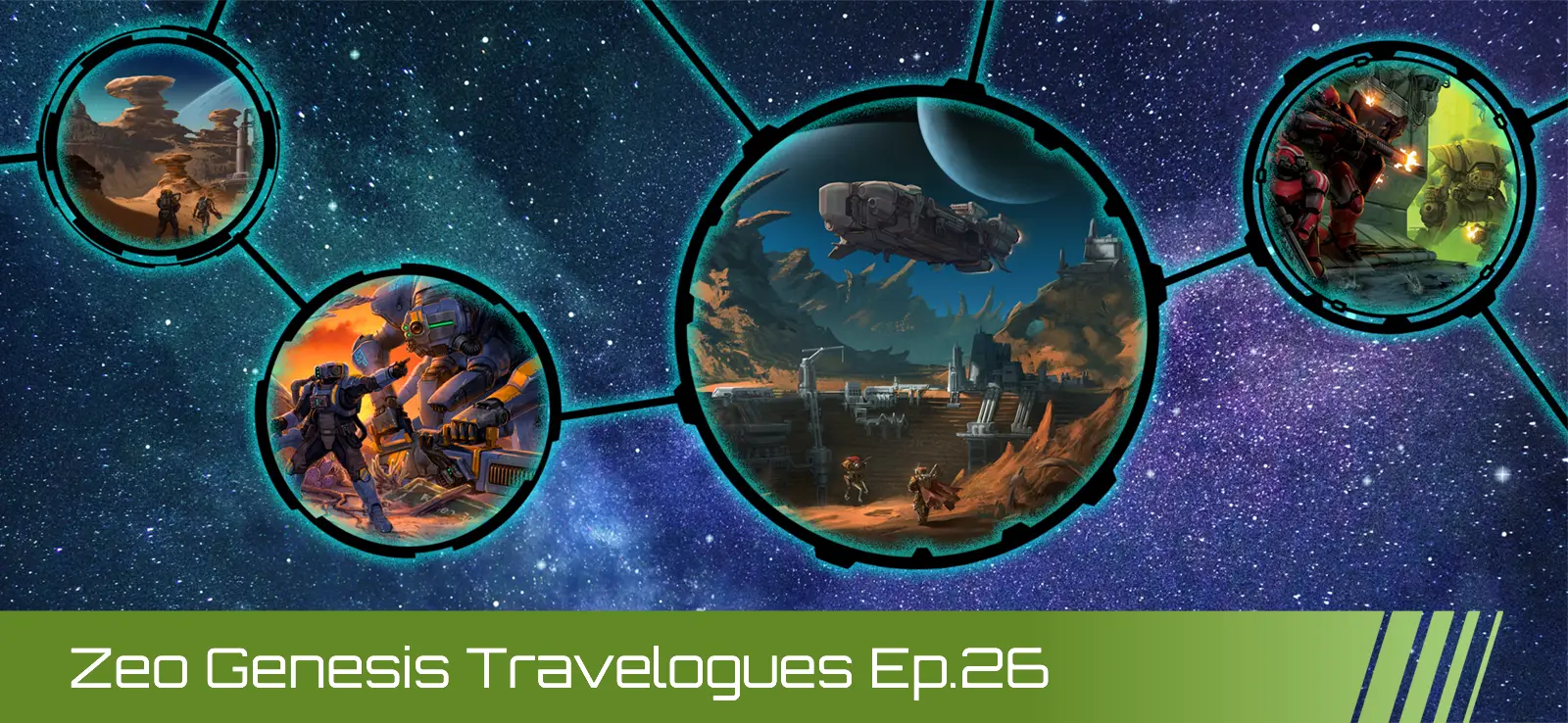
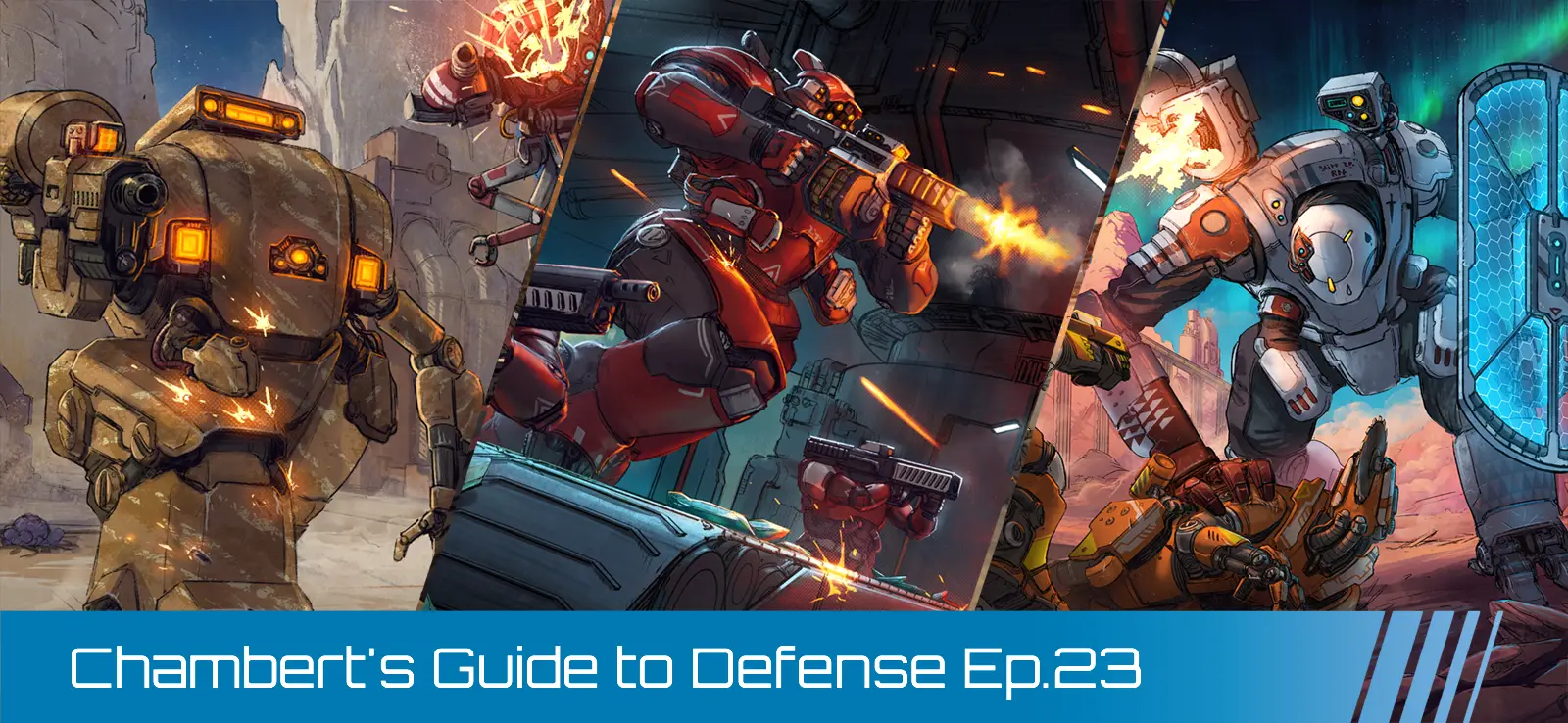


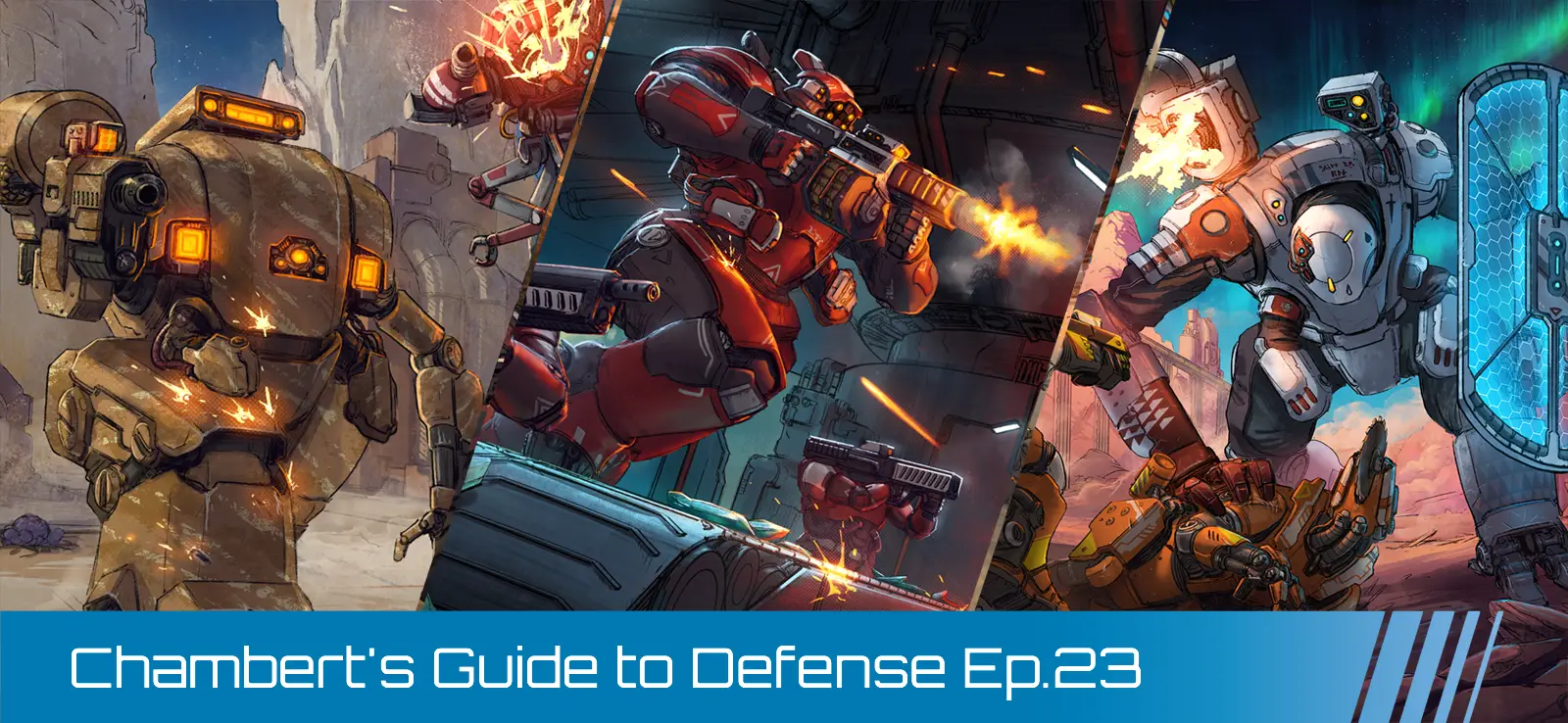
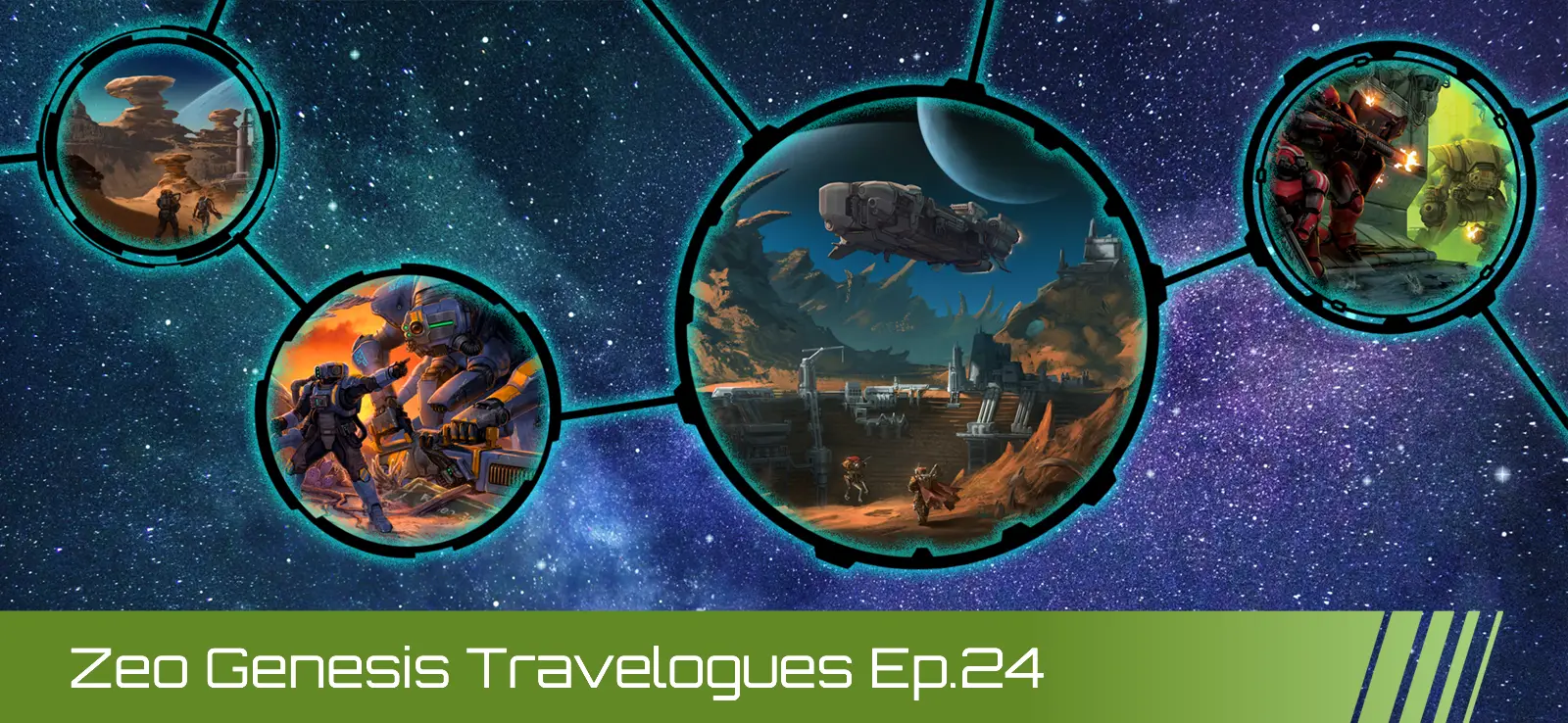
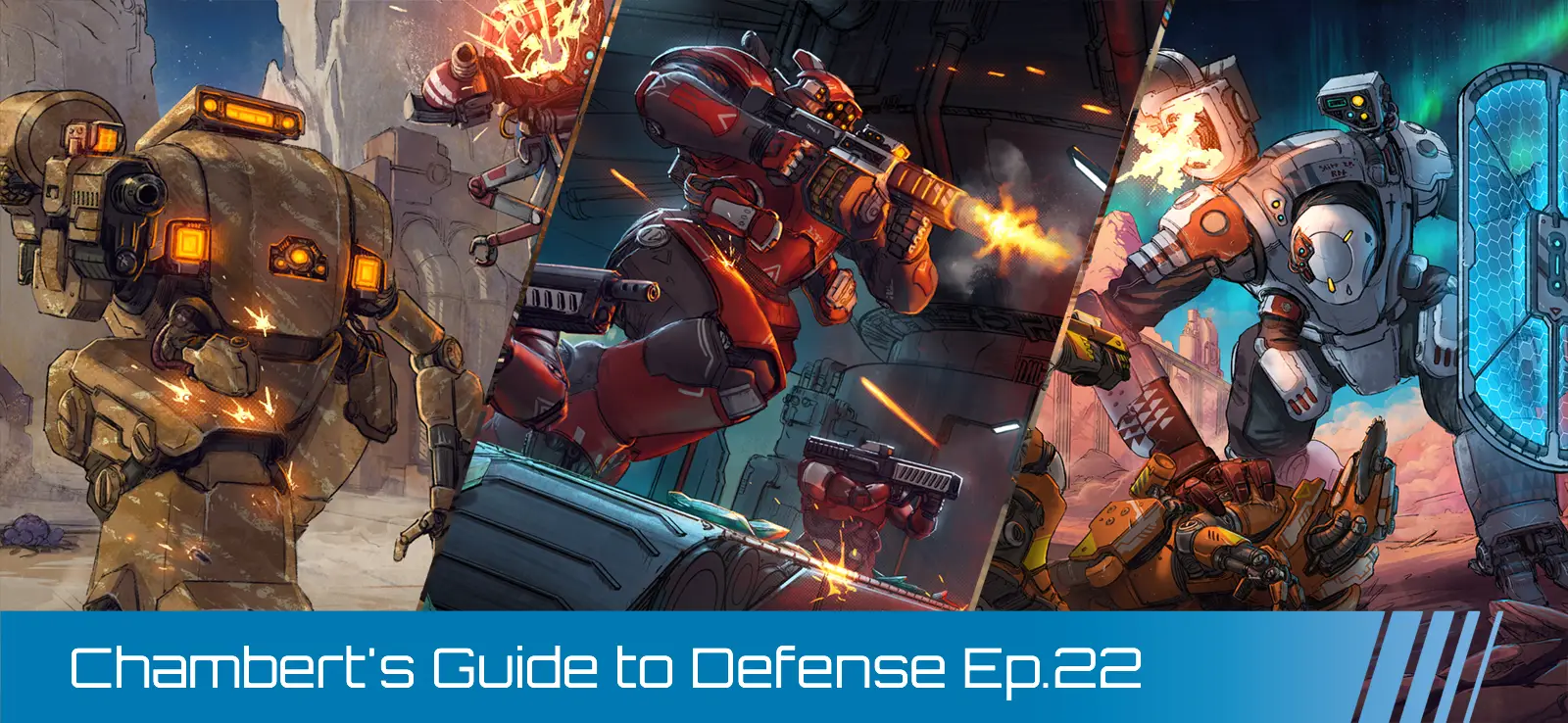
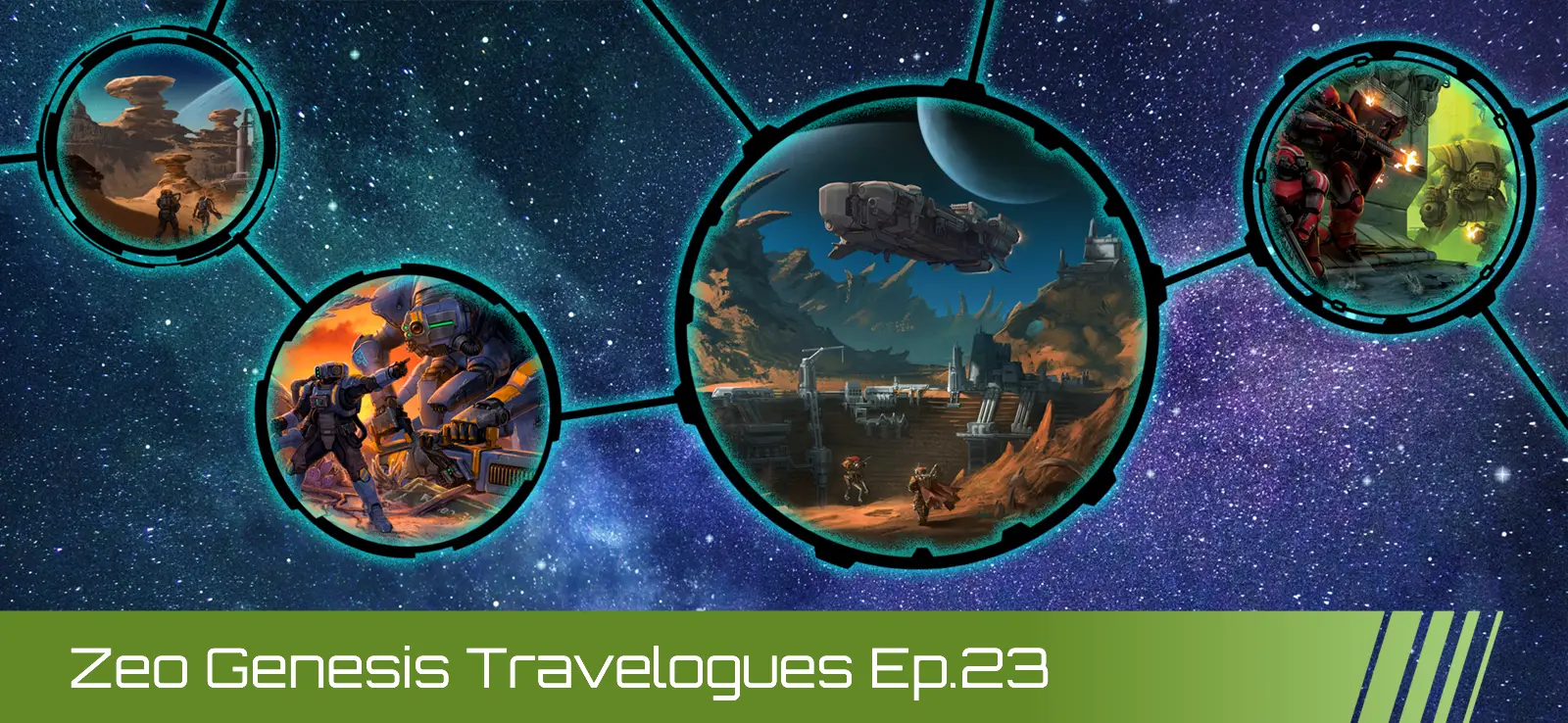
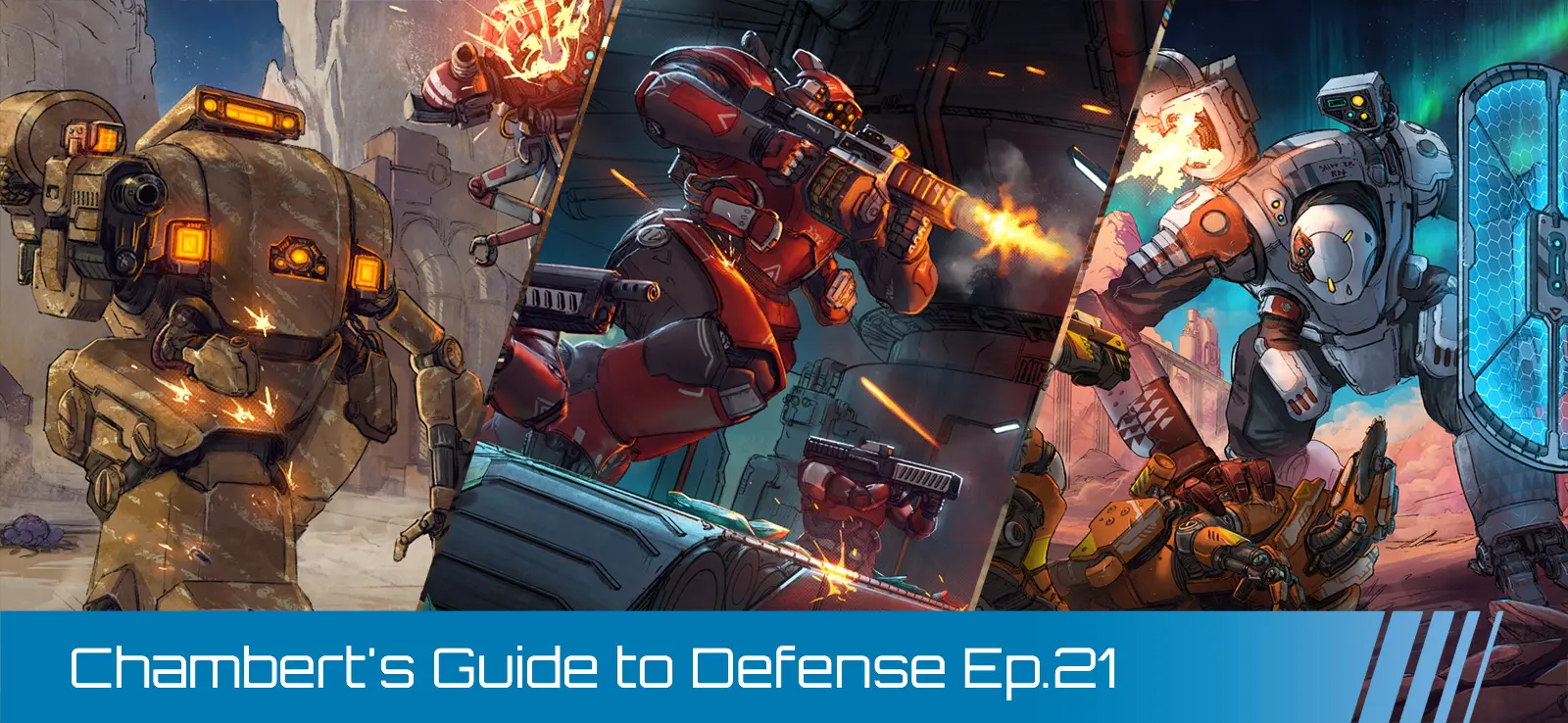
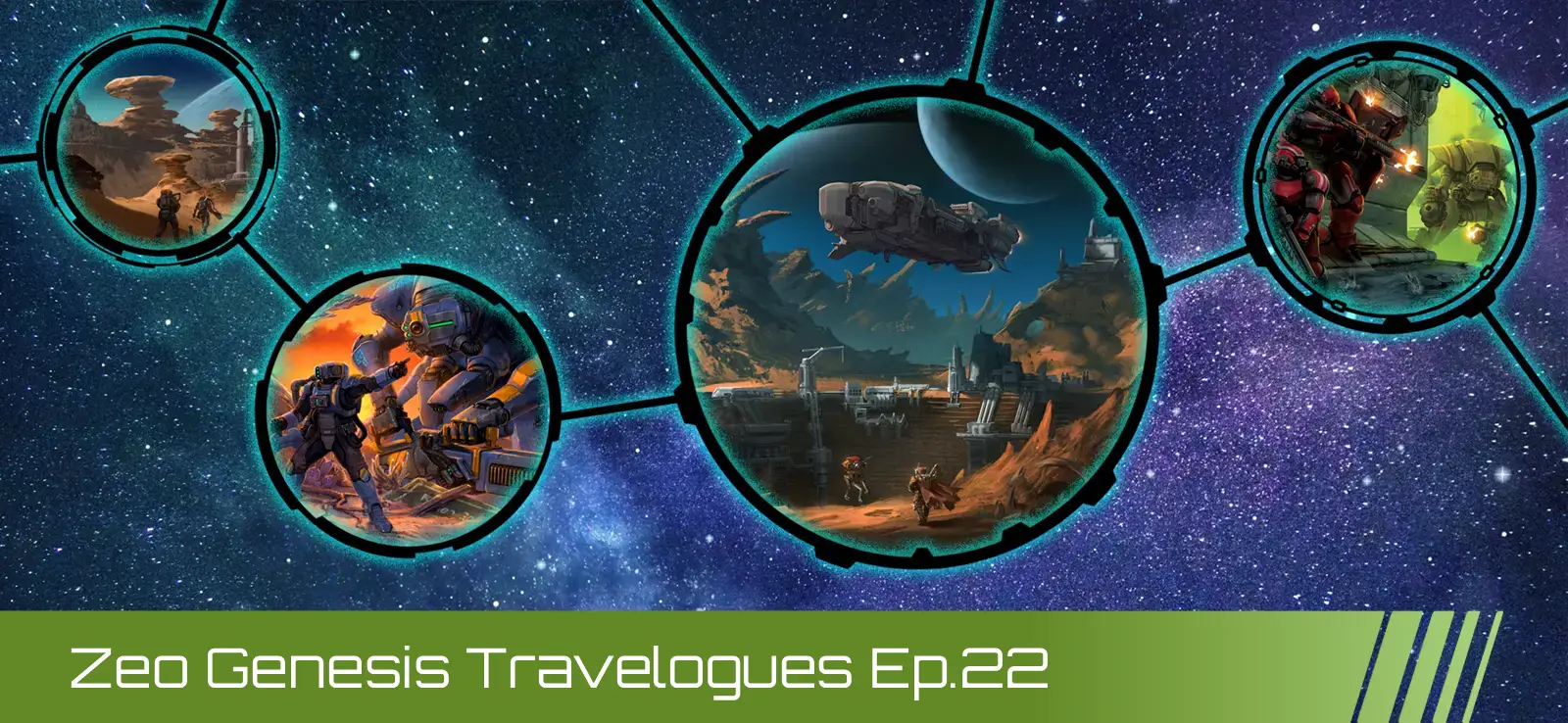
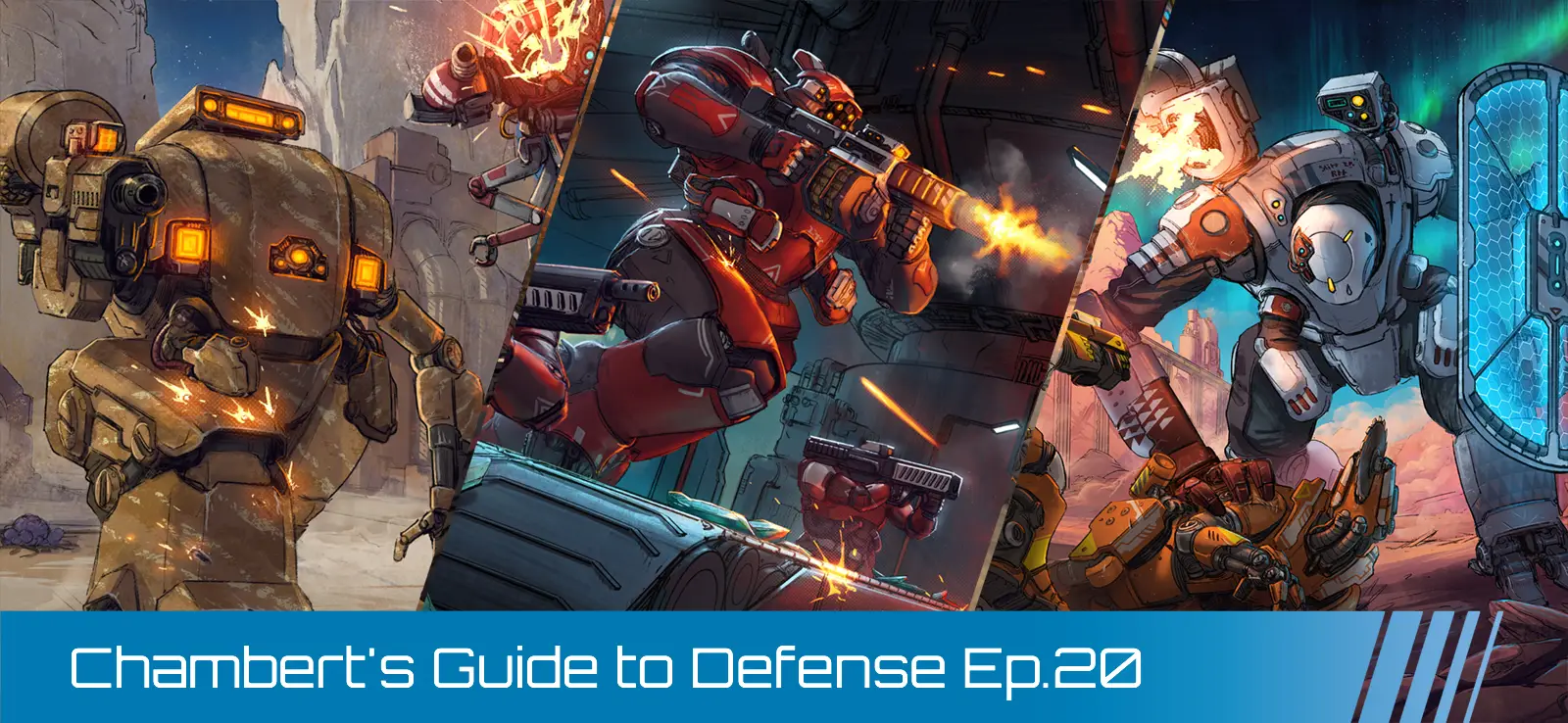





















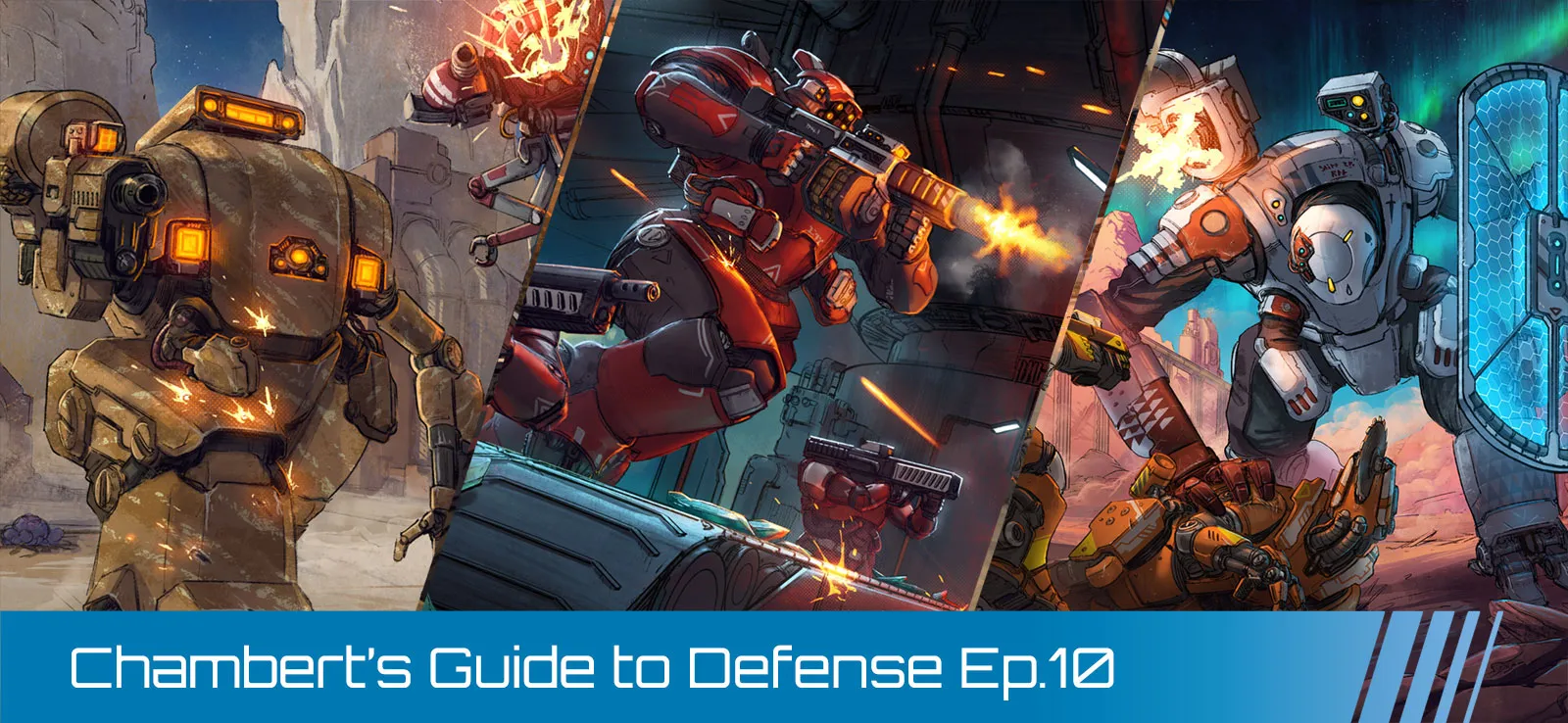



















.webp)




